
The Virtual Building, sem7 2002

|
IT in the Building Process The Virtual Building, sem7 2002 |
| [home] [education] | Last update 2003.01.08 (2003.01.08) [2002.08.24] |
| Goal: | The goal of the 'IT in the Building Process - The Virtual Building' course is to mediate knowledge about fundamental concepts, technologies and methods to analyse and develop models which describes a building, the building process and the digital infrastructures from design to application as well as mediation of knowledge about how the future services, systems, and infrastructures for knowledge management can be built and integrated. |
|
Volume/ Placement: |
This 2 modules course is one of 4 with emphasis on IT during the semester 7 Master of IT in Building Management education (calender). |
| Content: |
Explaining Knowledge Management.
Knowledge Management tools. Principles for meta-structuring in web based
structures. Project webs. Properties of the next generation Semantic
Web. (XML, RDF).Knowledge
representations in practice. |
| Examination: |
Oral test based on 1-3 hour discussions a group on a mini project or exercises collection. Assessed with the grade "passed" or "failed" with internal
censor participation. Examination will take place at Fib. 14/58, 8 January, 2003, at 09:00 (Group 2.126), 10.00 (Group 2.121) and 11.00 (Group 2.124) . Censors are Per Christiansson, Kjeld Svidt and external Henrik Brohus. The miniproject or presentations made at examonation are be presented here
|
| Participants: | The students
come from semester 6 of the civil engineering program. You can also get
access to previous student projects works via the 1999 to 2001 sem7 Virtual
Building courses (education).
During the course exercises and a miniproject
are carried through.
The teachers are:
|
|
Friday September 17, 2002.
This lecture explains and comments the
introduction of IT in the building process during the
latest decades.
Digital models, standards and systems have been developed to support
for example engineering
calculations, stability analyses, simulations, graphic
presentations, time planing, resource management,
and documentaion.
Building product and process models are explained and exemplified as well as
relevant knowledge management issues.
|
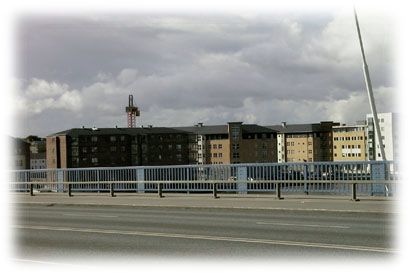
|
|
Tuesday September 24, 2002.
Up until now we have mostly discussed how different pieces
of the building process may be represented for later
implementation in computers.
Before we arrive to the actual implementation of our data
models in computer systems we must make so called
conceptual models.
A conceptual model is a high level description of parts and the
whole process we are considering for computer application.
It will help us to understand and describe the world we
are dealing with (even if we do not intend to make a
computer implementation). There are different conceptual modelling
methods which are suited for different or similar
application areas.
We will look at conceptual modelling of the building product and
it's time dependent properties (process models) during
specification, design, contruction, use,
and demoltion/recycling of the building product.
We will in more detail study the so called Contectual Design method
for capture of user requirements and user enviroenment design in connection
with system development.
User cognitive models and human computer interface models will
be treated in greater detail in the semeter 8 IT course 'IT IN THE BUILDING PROCESS I - IT TOOLS'.
|
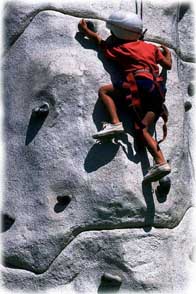
|
|
3. CAD AND VIRTUAL BUILDING MODELS
Tuesday October 1, 2002.
Building products and processes must be described in
formalised data models before than can be implemented
in computer systems.
An overview of attempts to make digital building models is given and commented on. The first models were made during the 1960'ies in key system fashion. We will look at the properties of the latest three decade building models and what we can expect in the future.
An overview is given over efforts and results in the
area of (de facto) standards development for formalised
descriptions which can be used in
building product models, building process
models, EDI - Electronic Data Exchange, vendor
building components models, and knowledge managements
models.
Special emphasis is on the the development of standardised International Foudation
Classes (IFC) to describe building objects.
|
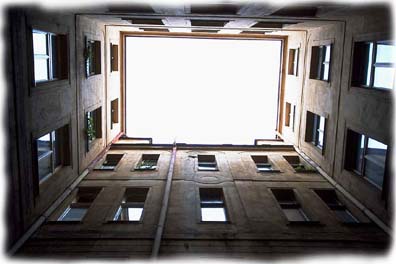
|
|
4. CAD AND VIRTUAL BUILDING MODELS (CONT!) Tuesday October 8, 2002.
We will study different Cad systems and their ability to handle standardised
information. AutoCad, ArchCad, Revit and the DIVERCITY framework (EU project 2000-2001).
|
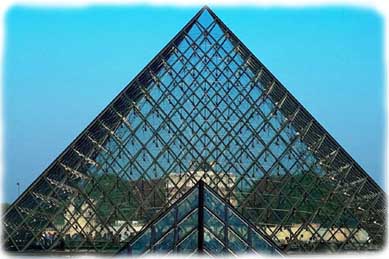
|
|
7. KNOWLEDGE REPRESENTATIONS (XML,HTML)
Wednesday November 4, 2002.
Computers can be used to store information which
will mimic or support our own knowledge stored
in hour brains. There is a spectrum of different
computer software which can be used
to represent different knowledge handling routines
and knowledge domains. For example in connetion with
decision support, information retrieval and storage,
experience capture, collaboration, and design syntheses.
We will look at the following computer stored knowledge
representations - hypertext, relational databases,
We will focus on relational databses (see 5-6. Web and Databases) and hypertext representations supported by HTML (with recap of
HTML basics) and the new ways we have to separate content and access of
web based hypertext information (XML, XSL).
You will also get a short insight into other representation forms such as
production
systems, predicate logig based systems, artificial neural networks, induction systems, and analogue
representations (Object representations are covered in another
course and will only be touched upon here). We will also in this
connection comment on knowledge acquisition methods.
|
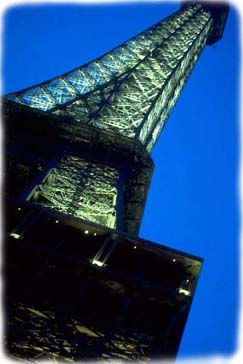
|
|
8. KNOWLEDGE REPRESENTATIONS (CONT!)
Wednesday November 6, 2002.
We will dive deeper into the principles for meta-structuring of web based information containers (URIs) in web based environments. Project webs and properties of the next generation Semantic Web (XML, RDF) and how applications can use XML as a transport format will be described. The relational database example will be used (XSQL).
|
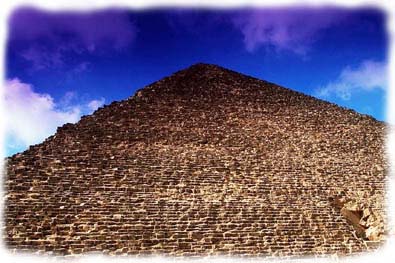
|
|
9. THE DIGITAL CITY AND SOCIETY.
Friday November 29 , 2002.
Information technology,IT, will cause a paradigm shift in
our society from the art of writing, printing to the art
of communication.
In the same way as the car highly influenced the physical
design of our society IT will higly influence the forming
of the global villages.
New services will be designed and implemented in the
citizen nets to support
the village inhabitants - access to services and
facts bases, and possibilities for active participation in
the (democratic) decision process.
We will study and analyse ongoing efforts in the area.
The building product itself will contain or have attached
to it IT-tools which will support it during it's life
time. Information handling and communication support
will be given for the building inhabitants,
for the adminstration of the building and it's operation and maintenence
(O&M). The IT support will be in the form of conventional computer systems and sophisticated input/output units as well as in the building
and installations embedded computer systems.
We will investigate exisiting and expected infrastructures,
systems, and services in the intelligent buildings and how they can be modelled.
|
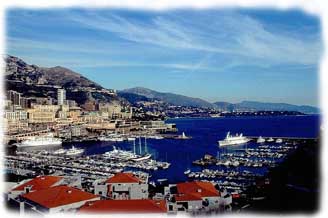
|
|
10. SPECIAL ISSUES. SUMMING UP
Thursday December 5, 2002.
We will go through the exercises and answer additional questions you may have.
There will also be time to present optional mini projects and further discuss certain issues at your wish.
We will also take the opportunity to show you some more tools to handle
IFC based building models.
|

|

|

|
|
Per Christiansson |